The creator economy is redefining how people buy content
Platforms such as Ghost, Beehiiv & Substack mark a strong shift in how people own & distribute content.
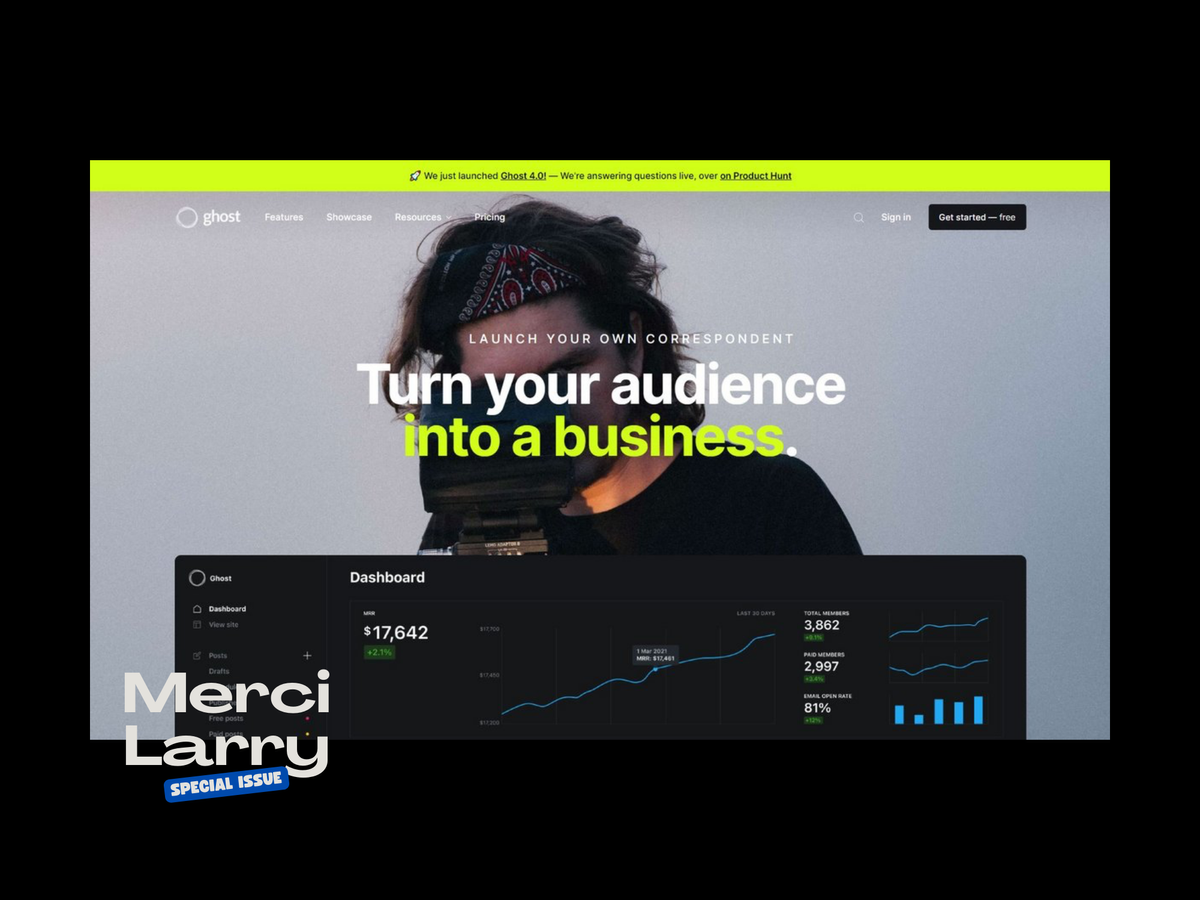
When we started surfing the internet, we entered a free zone.
And then, this 👇🏻
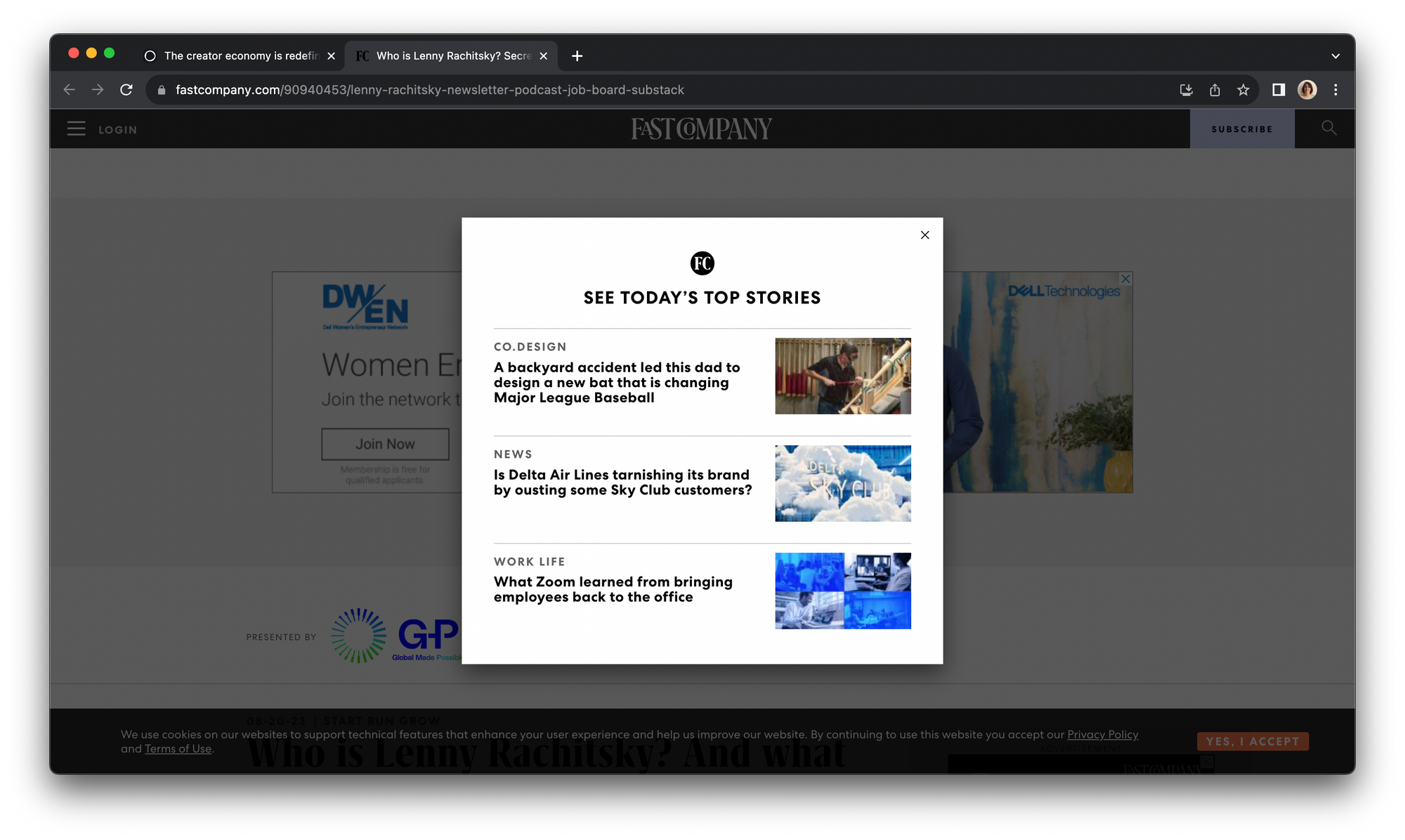
We all got bored of it. It actually takes patience to rea(d)(ch) a piece of content. Even more for finding a good one. So much that we tend to not start our journey on Google anymore.
The creator economy
While we don't want to pay for something that's always been free, we actually pay for high-quality content produced by content creators. Substack for the example introduced a new way of consuming the information. Similar platforms have fueled the growth of the creator economy. Specialized writers became a new business thanks to the subscription model. Lenny Rachitsky recently reached 500K subscribers and makes serious bank from his newsletter.
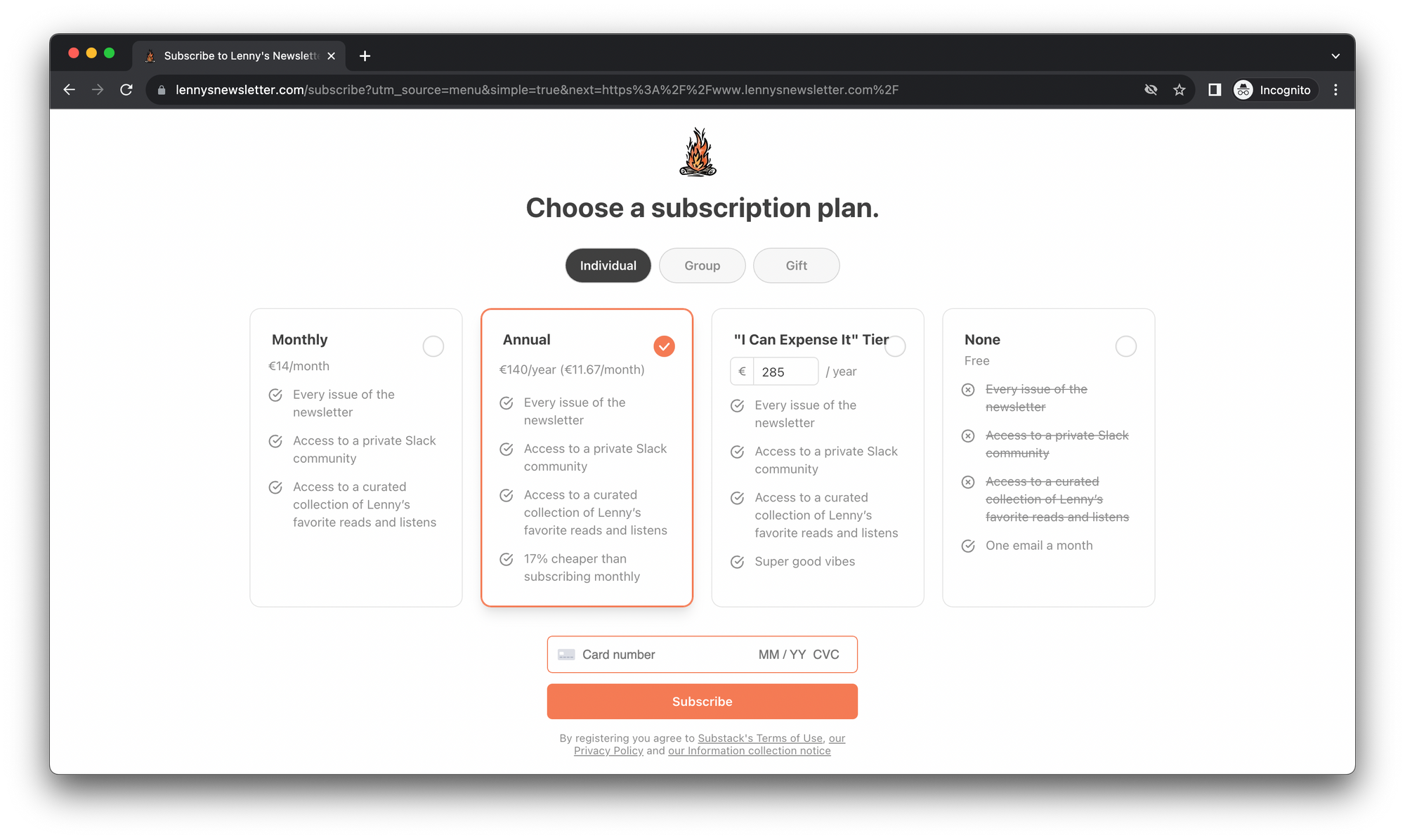
It's now all about trusted sources. We don't like neither want to click on dozens on popups before accessing our content. Plus, the hype around ChatGPT introduced a bias in how global content is produced: from online newspapers to vertical markets; how do we know if the content has been written by a human or by AI? We don't have guarantees but our own judgement on the dark side of content. Dedicated content platforms introduced trusted sources. These platforms are powerful enough to create network effects in order to attract relevant audiences. Writers don't push their content anymore, platforms pull their potential audience and future customers by building communities and then confidence in the information.
Trusted source will become even more valuable. Communities with verified members will be golden. Influencers who have built their own audiences and aren't overly dependent on external algorithms for discovery and delivery will carry significant weight.
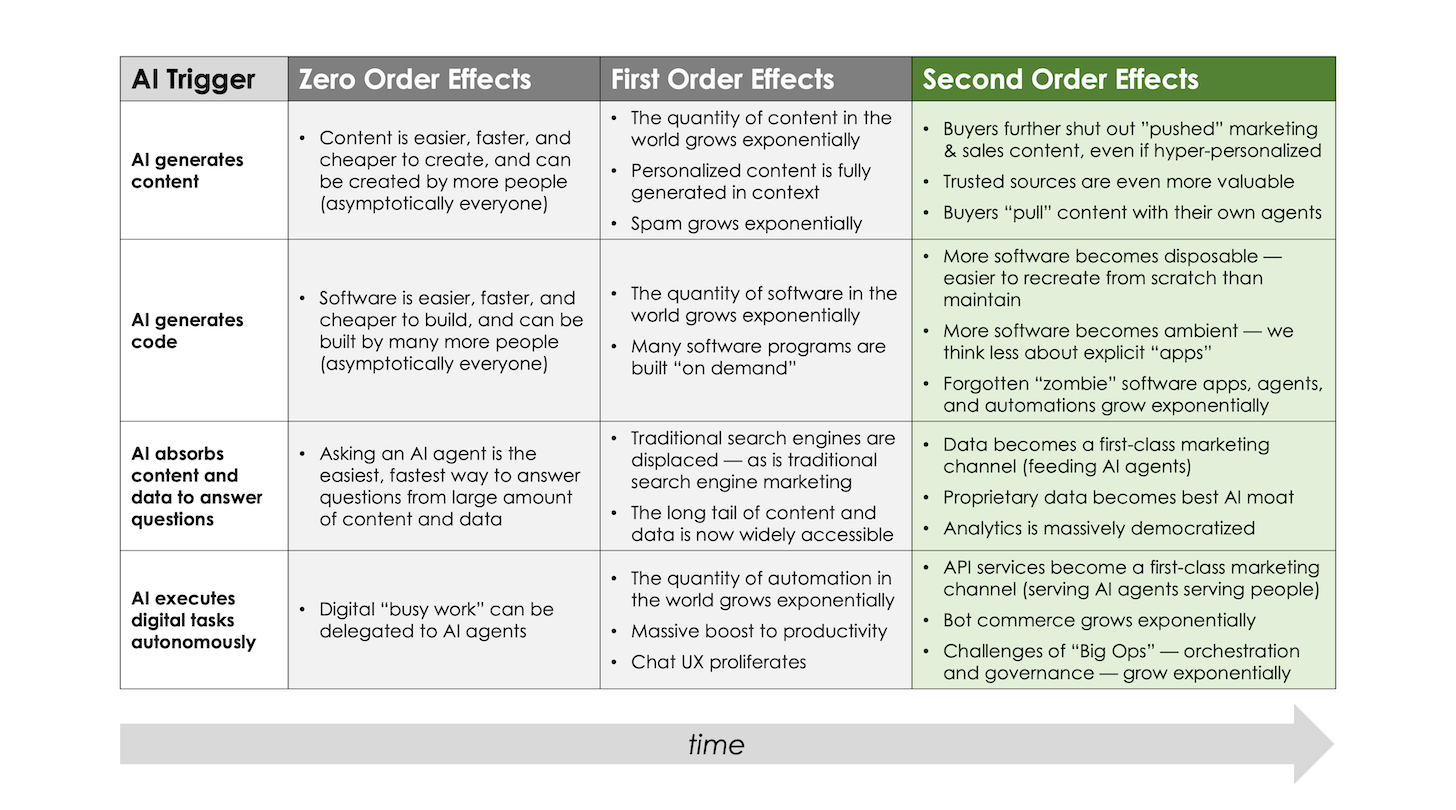
So now with a strong personal branding backed with a community, there is no need for push tactics anymore. When content is gold, word of mouth is the best discovery and converting channel you can think of. While Substack is a solid network effects machine (ie. recommendations feature) there are a lots of social media platforms you can think of to build your personal brand as well as your community and promote your content.
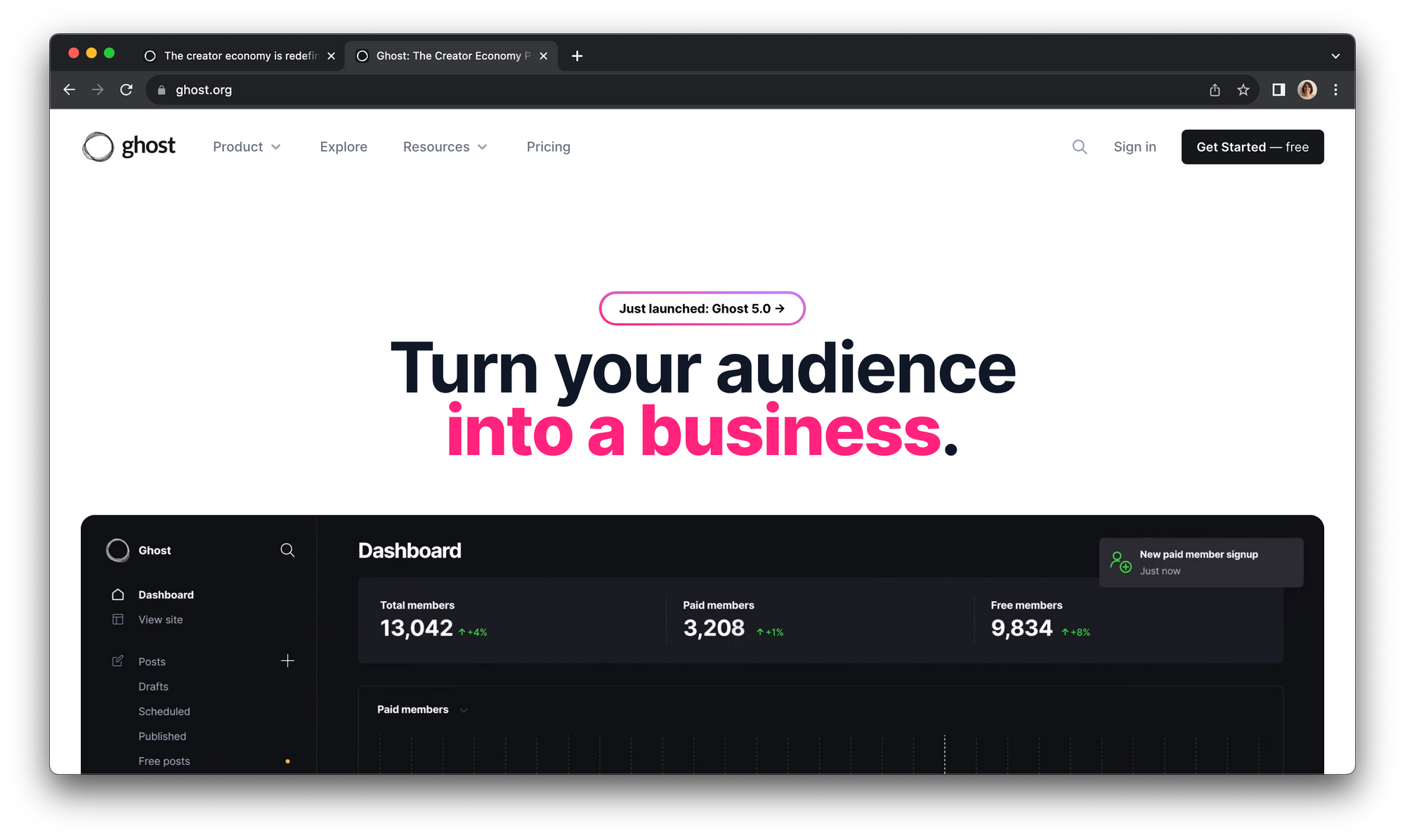
In the end, whatever the platform you end up choosing, everything lead to monetizing your audience. Picking your best fit in terms of platforms rely on fees & technical setup consideration.
What does it mean for companies that engage with customers through their content?
There is a plethoric content offer today. Every question have its answer now and if not, SGE or ChatGPT will do the job to come up with something. It doesn't mean that content is good, it only means that content is omnipresent.
ICs through their personal branding and expertise should become the advocates. They are the best suited to be trusted; especially towards tough audiences.
- Trust and credibility: ICs have often spent significant time building trust and credibility within their niche or industry. When they endorse or create content for a company, their audience is more likely to trust the recommendations as they perceive ICs as impartial experts.
- Targeted reach: such audiences allow companies to access receptive audiences without the scattergun approach of traditional push tactics.
- Cost-effective marketing: companies benefit from the IC's existing audience and expertise without incurring the high costs associated with large-scale advertising efforts.
- Feedback loop: relying on ICs can provide valuable feedback and insights into the target audience's preferences, pain points, and interests.
- Navigating tough audiences: their credibility can help bridge the trust gap and convert skeptical or discerning audiences into loyal customers.
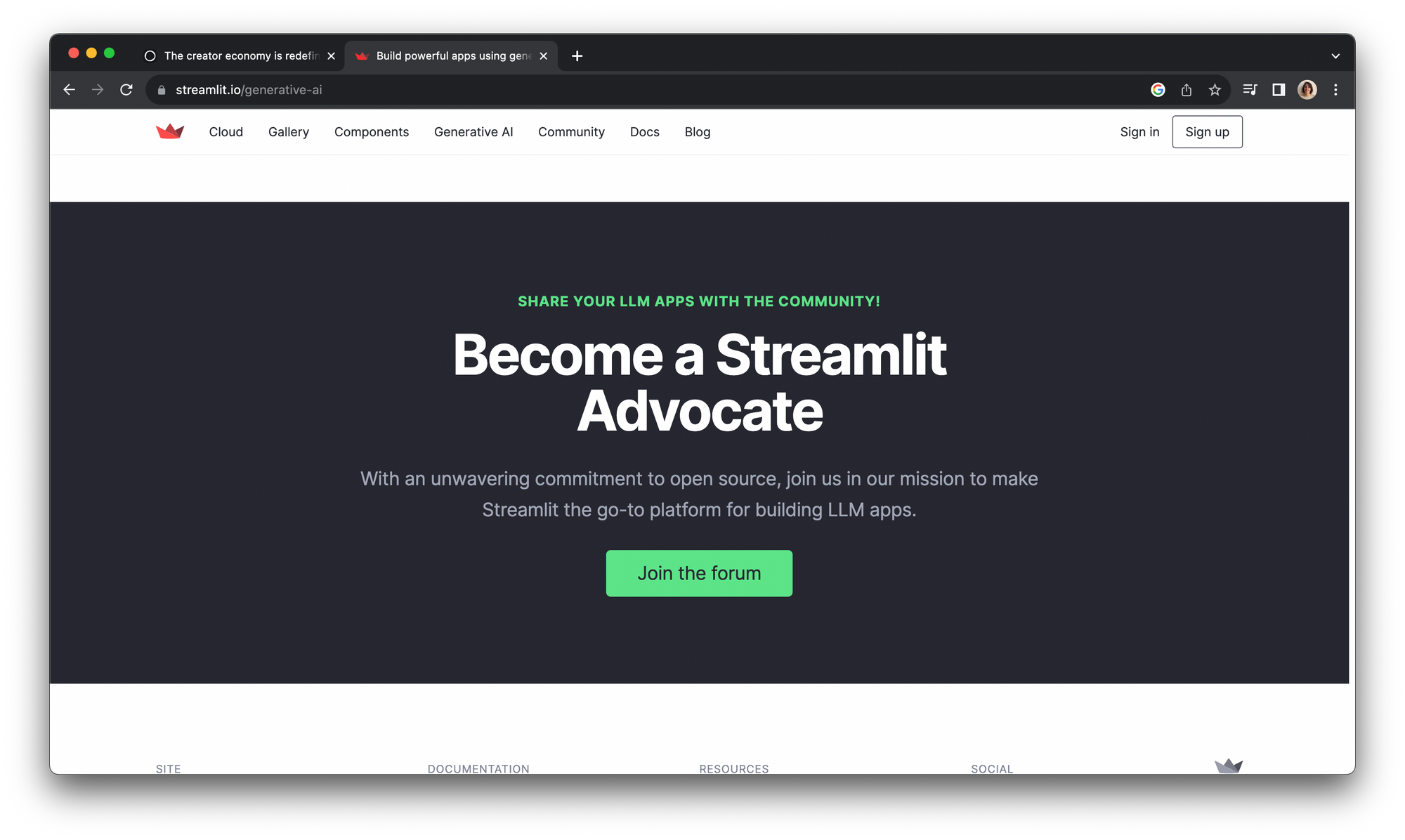
Content curation: the best answer for battling FOMO
In addition to content creators, there are content curators. They are powerful as well as they save countless hours to their audiences by meticulously gathering the latest news in their niche. This approach enables their followers to remain up to date with the latest trends and developments without being overwhelmed by information overload.
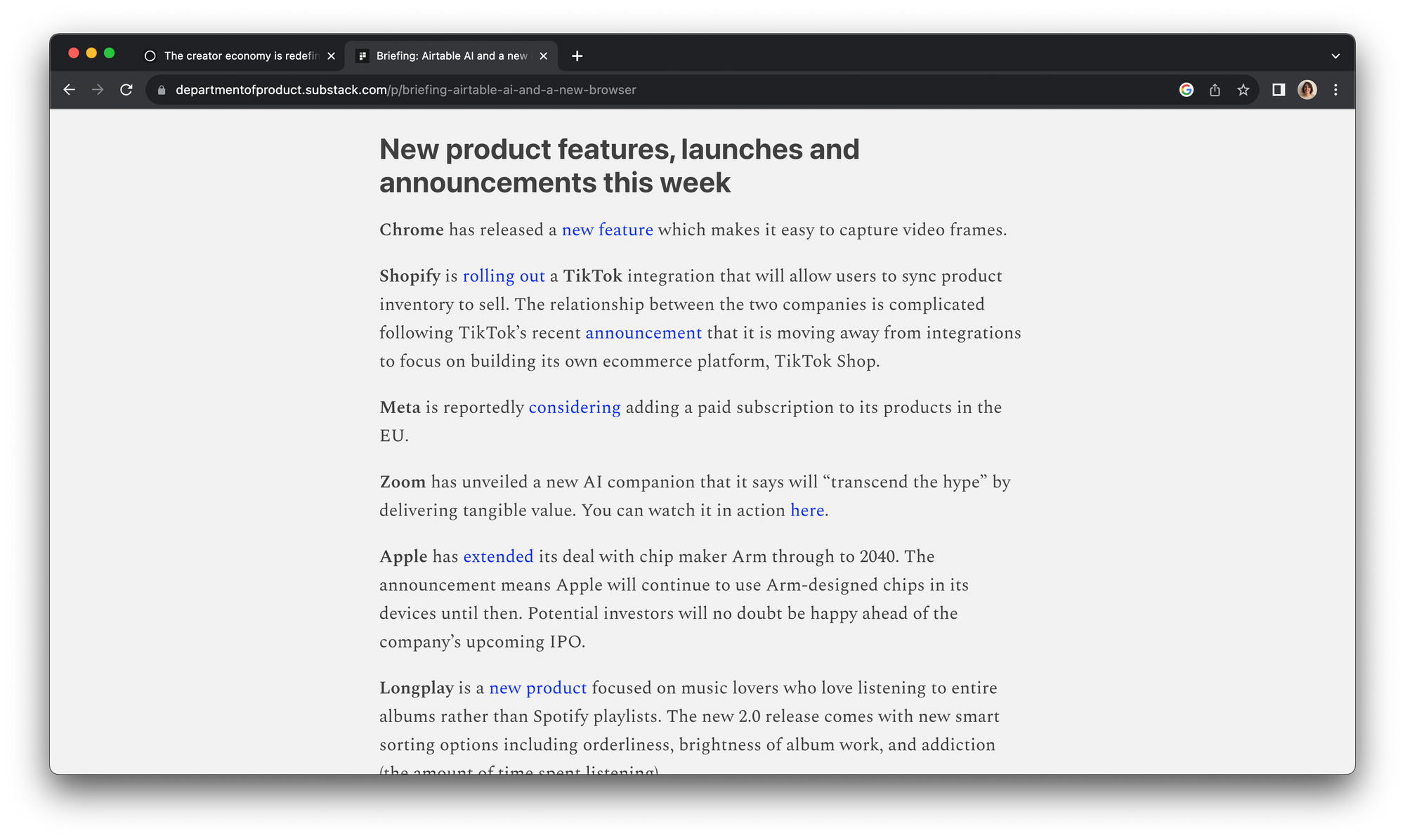
Another ingenious approach employed by content curators is to respond to queries by sourcing and reporting on quotes from renowned experts in their niche. By sourcing information from these authoritative voices, curators reinforce the credibility and relevance of their content. That's what Perch do really well.
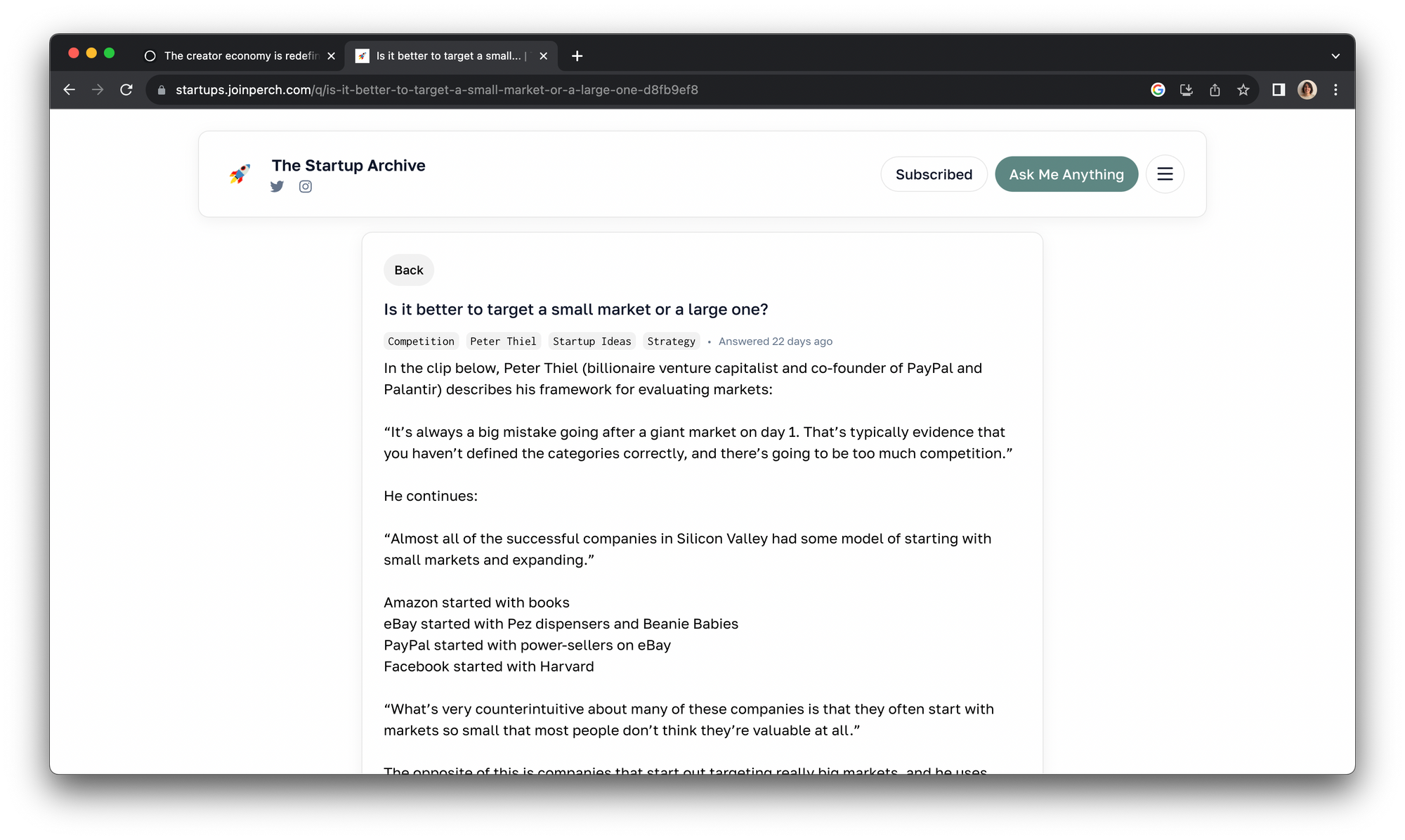
The landscape of content consumption has undergone a significant shift. What once was a free-for-all exploration of the internet has evolved into a quest for quality and trustworthiness. Content creators have emerged as key players in this evolving digital ecosystem, offering high-quality content that people are willing to pay for. Today's audiences seek reliable content without the annoyance of ads and the uncertainty of generative AI. Niche audiences have become invaluable assets in this new era. These communities foster trust and confidence in the information being shared. The expectations from audiences have shifted from quantity to quality, from clicks to trust, and from push tactics to community-driven discovery. As we continue navigating this dynamic environment, the key to success lies in understanding the evolving preferences of audiences and adapting strategies accordingly.
